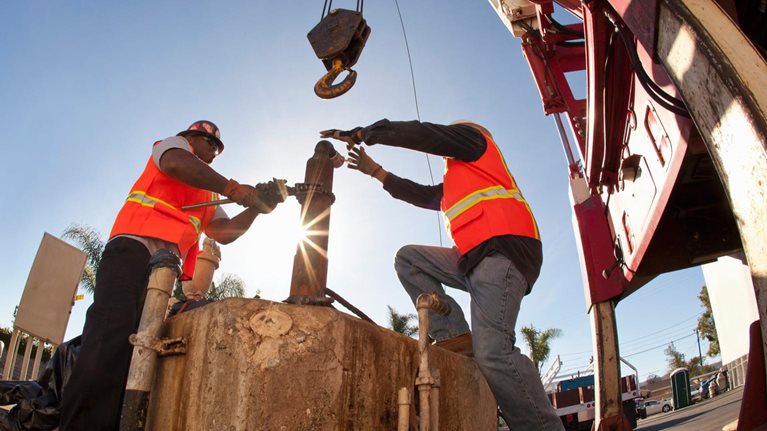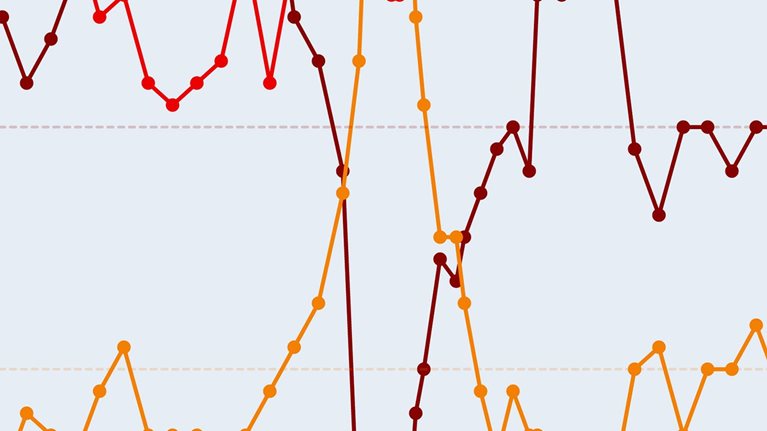Global executives are increasingly positive about the direction of the world economy, though in our latest survey on economic conditions,1 the source of their optimism has shifted away from emerging markets and toward the developed world. For the first time since we posed the question 18 months ago, respondents say they no longer expect developing markets to lead global economic growth over the next decade. Instead, they expect developed markets—and an improving Europe in particular—to advance future growth.
The shift in sentiment is evident at the national level as well. Respondents working in developed economies2 are increasingly optimistic about their local conditions. Six months ago, 39 percent of these executives said economic conditions in their countries would improve. Today, 49 percent say conditions have actually improved during that period. By contrast, just 26 percent of respondents in emerging economies3 say current conditions are better now, though six months ago half of them said conditions would improve.
Higher hopes for global growth
Executives may have cooled their expectations that emerging markets will lead global economic growth over the next ten years.4 But they are increasingly positive about global economic prospects as their expectations for growth move toward the developed world.
The 49 percent who say conditions in the global economy are better now than six months ago represent the largest share to say so since we first asked 18 months ago. Some 48 percent expect improvement over the next six months, a gain of 7 percentage points since June. Among their peers, respondents in the eurozone are the most bullish: 59 percent say current global conditions have improved, compared with 34 percent in June, and 63 percent predict conditions will be better in six months’ time, up from 49 percent three months ago (Exhibit 1).
On the world economy, executives in the eurozone are the most positive (and much more so than they were in June).

Accordingly, expectations for Europe are high. One-half of all respondents expect to see positive growth in the eurozone in the last quarter of 2013, and one-third say the same for the year as a whole. Executives in the region are even more optimistic: 68 percent predict fourth-quarter growth, 41 percent expect year-end growth, and 52 percent say conditions at home will improve, 20 percentage points higher than in June.
Respondents also expect continued economic improvement in the United States. Those predicting stronger US growth in the second half of the year than in the first half outnumber those expecting a weaker second half by more than three to one. Still, policy concerns weigh on executives: 59 percent say if the United States’ Federal Reserve begins tapering its bond purchases before the end of this year, global growth in 2014 will suffer.
Developing-market dilemmas
Executives in emerging markets were cautious in June. Now, amid continued reports of slowing growth, volatile currency movements, and sociopolitical instability, they are particularly gloomy over the state of their home economies. Forty-one percent say economic conditions in their countries are worse now than they were six months ago, compared with just 13 percent of their peers in developed economies.
Their outlook for the next six months is more positive but still cautious, as concerns around unemployment, high inflation, and volatile exchange rates weigh on their minds (Exhibit 2). What would help to boost optimism? The largest shares of executives in developing economies say structural policy and regulatory reforms, greater consumer confidence, and greater social and political stability would do the most to encourage robust growth in emerging markets over the next two to three years (Exhibit 3). Within these economies, some issues are more critical than others. In Latin America, the development cited most often is increased foreign investment, while in India, it is structural reforms.
Unemployment, inflation, and exchange rates are greater concerns in the developing world.

Across emerging economies, executives see different paths to growth.

Ongoing geopolitical risks
Not surprisingly, given the ongoing crises in Egypt and Syria,5 executives see geopolitical instability as a rising risk to growth, both global and domestic. The share of executives who cite geopolitical instability as a risk to global growth in the coming year rose to 69 percent in the current survey, up from 51 percent in June.
Geopolitical instability also ranks much higher as a risk to domestic growth than it did in June.6 This is especially true in North America, where 47 percent of executives (and the largest share) say geopolitical instability threatens growth at home (Exhibit 4).
Executives’ greatest worries are low demand and, especially in North America, geopolitical risk.

In particular, executives expect instability in the Middle East and North Africa over the near and the long term. Nearly three-quarters of respondents say geopolitical instability in the region is either very or extremely likely to occur in the next year (up from 56 percent who said so three months ago), and 78 percent say the same for the next decade (compared with 66 percent in June).


